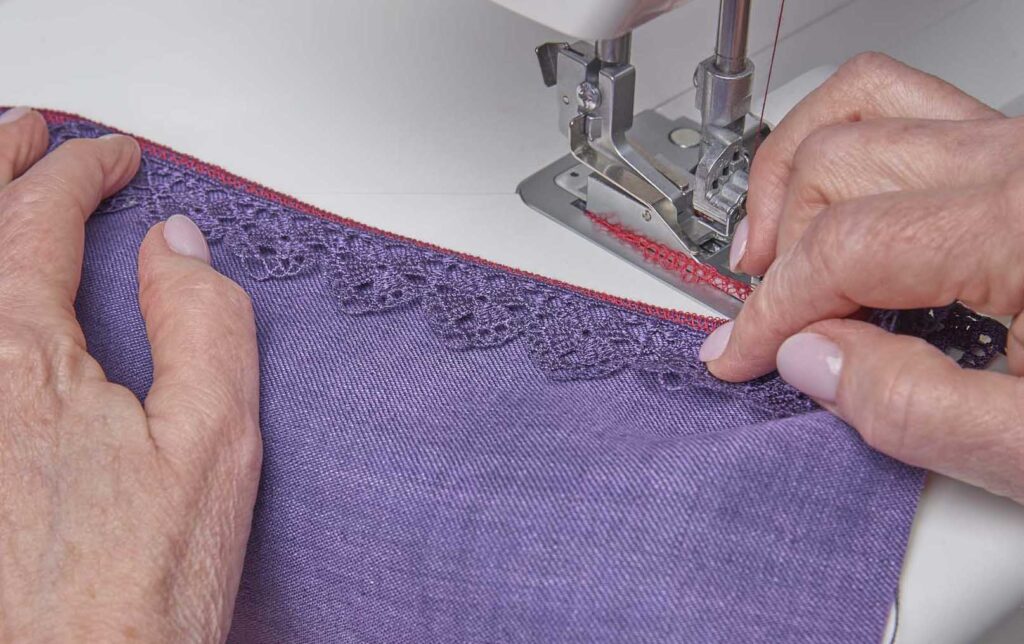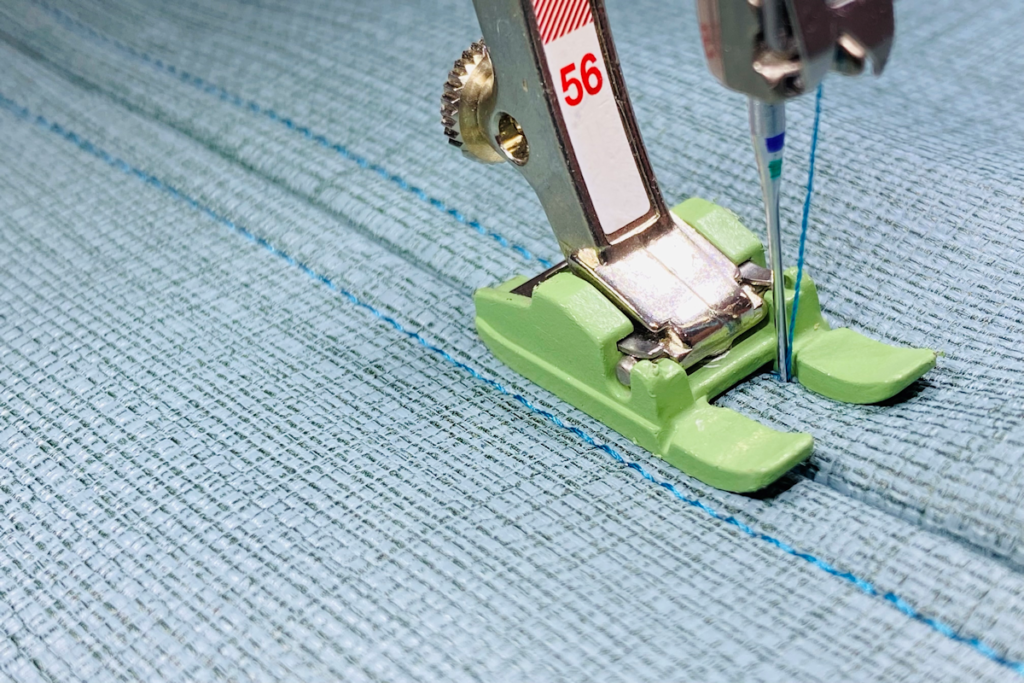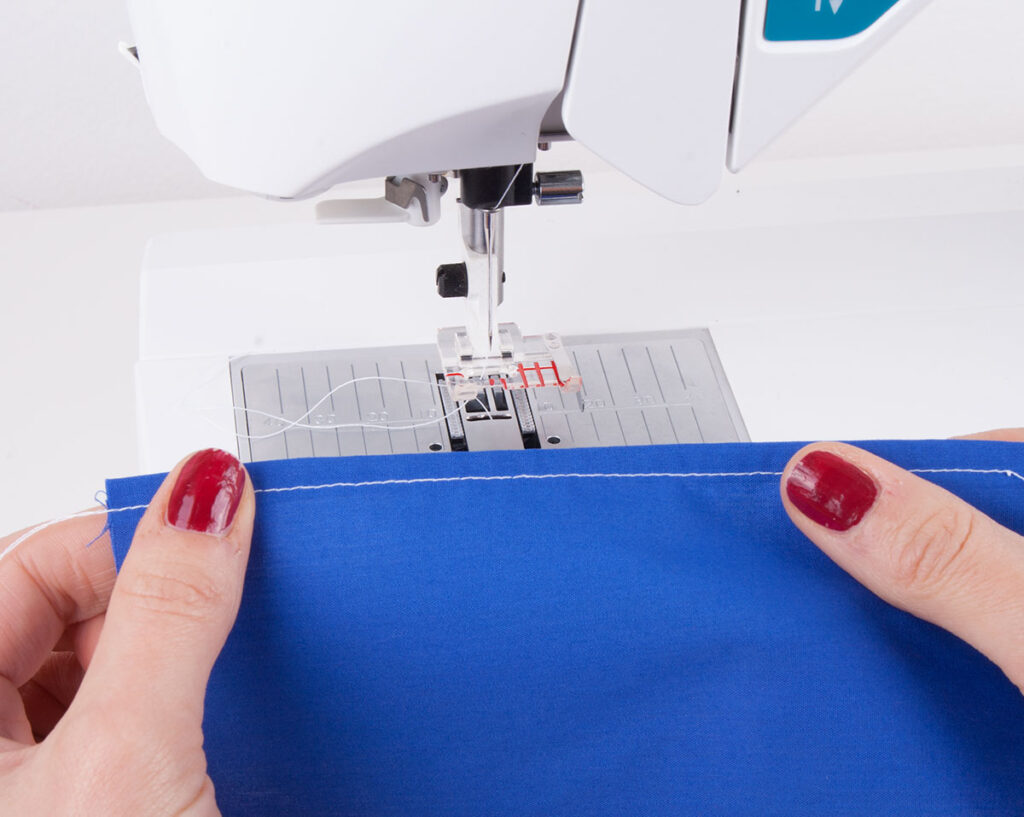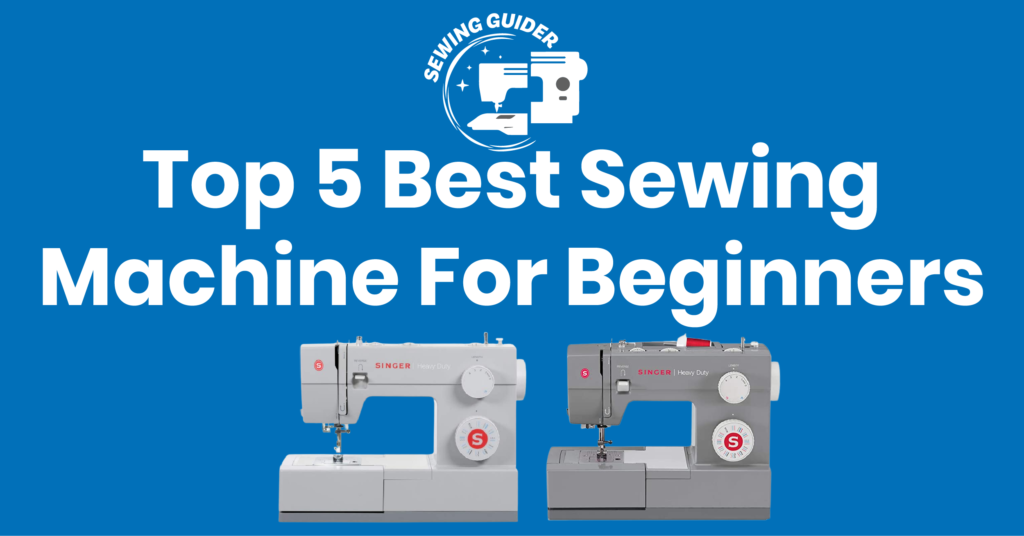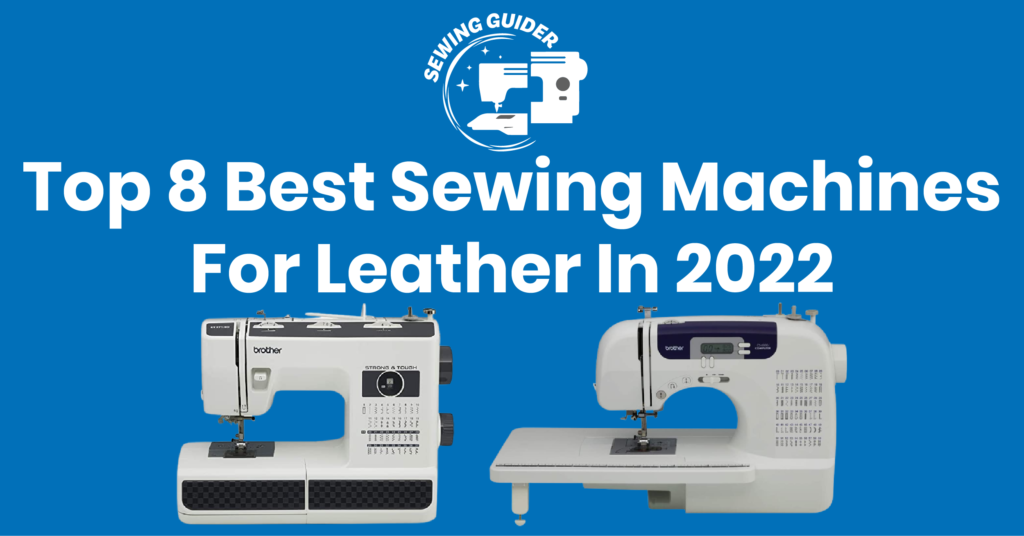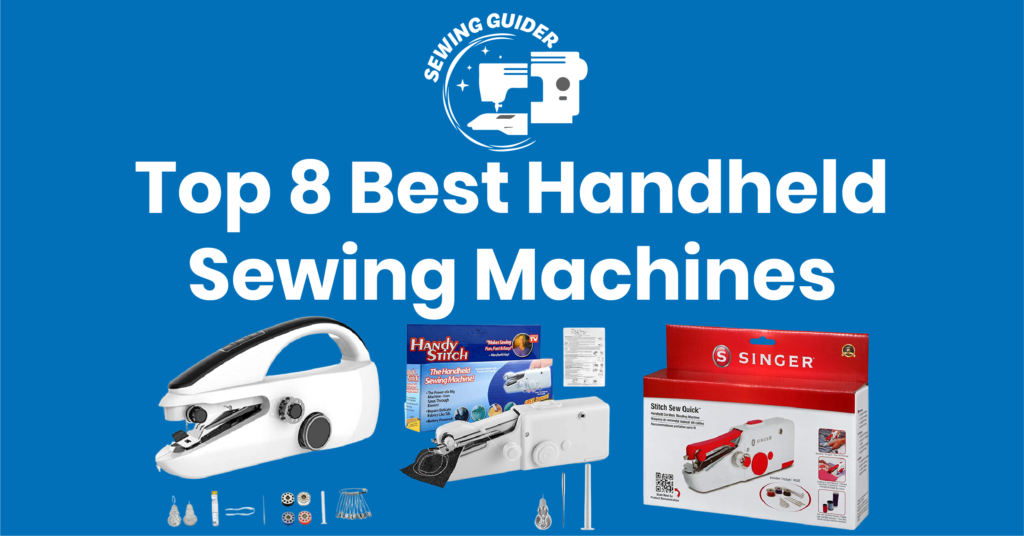Suppose you enjoy sewing or working as a professional tailor. In that case, you understand the importance of having the correct tools. The Singer cover stitch sewing machine is a multipurpose machine designed to produce long-lasting, professional-looking stitches on various fabrics. It is excellent for hemming, topstitching, and producing decorative finishing.
Moreover, it is a multipurpose machine designed to produce long-lasting, professional-looking stitches on various fabrics. It is excellent for hemming, topstitching, and producing decorative finishing. In this comprehensive guide, we’ll go over all you need to know about the Singer Coverstitch Guide and how to use it efficiently. This article will empower you to unleash your creativity and produce professional-quality finishes, from its features and benefits to crucial tips and practices.
How to choose a serger or a cover stitch machine?
When deciding between a serger and a cover stitch machine, there are a few things to think about that have to do with edging, seams, and hems:
Edges:
Think about what kind of edges you need for your projects. Suppose you want your fabric to have clean, finished edges. In that case, a serger is a good choice because it can cut and overlock the edges simultaneously, stopping them from tearing. But a cover stitch machine might be better if you want to add an artistic edge or topstitching.
Seams:
Look at the kinds of seams you use most often. Sergers are great for quickly joining pieces of fabric together because they make strong and safe seams. Because their stitches are stretchy, they work really well on knit fabrics. On the other hand, a cover stitch machine is not made to sew seams, but it can be used to make artistic flatlock seams or topstitching on seams that have already been sewn.
Hems:
Think about the kinds of hems you sew most often. Sergers can make thinly rolled hems, which work well on lightweight fabrics. But you’ll need a cover stitch machine if you want to make clean, stretchable hems on knit fabrics or clothes that need more stretch. It’s made for making hems that look professional and can stretch.
How to Set Up Your Singer Coverstitch Machine?
Before sewing, ensure your Singer cover stitch machine is appropriately set up. This section will walk you through the tasks, including threading the machine, winding the bobbin, and altering tension settings. You’ll also learn to choose suitable needles and presser feet for different fabrics and sewing techniques.
Coverstitch Techniques: The Fundamentals
To attain professional-level results, you must first learn the fundamental cover-stitch techniques. This section will teach you basic skills, including hemming, topstitching, and constructing decorative seams. You’ll learn how to sew equal stitches, keep regular seam allowances, and troubleshoot typical sewing problems.
Tips for Troubleshooting and Maintenance
The Singecover-stitch, like any other sewing machine, may experience minor difficulties or require proper maintenance. This section will give you troubleshooting advice for typical issues like skipped stitches, tension concerns, and thread breaking. You’ll also learn to clean and maintain your machine to extend its life and avoid problems.
Some additional features to consider:
There are a few more things to think about when picking a serger or a cover stitch machine:
Differential Feed: With this function, you can change how fast the fabric moves through the machine. It is beneficial when working with stretchy or delicate fabrics because it keeps the cloth from getting puckered or stretched.
Threading: Threading a serger or a cover stitch machine can be challenging. Look for machines with clear threading pictures or colour-coded threading systems to make setting them up easier.
Binders: Some sergers come with binders, which are devices that let you make bindings on the edges of your fabric that are either decorative or useful. If you plan to use binding a lot in your projects, look for a machine with binders that work with it.
Pressure of the presser foot can be changed: Changing the pressure of the presser foot is helpful when working with different fabric types. This function ensures the machine feeds and stitches all kinds of fabrics similarly.
Special Feet: Different serger types have different remarkable feet, such as blind hem feet, gathering feet, and piping feet. These particular feet add to the sewing machine’s skills and give you more sewing methods.
Serger vs Overlocker vs Coverstitch Machine
Serger, overlocker, and cover stitch machines are all different sewing machines often used to make clothes. A serger and an overlocker are basically the same types of machine. They are called different names in different parts of the world, but they can trim cloth edges, finish raw edges, and sew seams in one step. They are especially good at giving knit fabrics clean and professional finishes. On the other hand, a cover stitch machine is a specialized tool mainly used to make hems, topstitching, and artistic finishes. It makes double or triple rows of parallel stitches on the top of the fabric and a chain stitch on the bottom. Each machine is suitable for something different, and the one you choose will depend on the sewing techniques you want to use and the needs of your job.
What are an overlock machine and a serger?
A serger or overlock machine is a particular sewing machine that can trim the edges of the fabric, finish raw edges, and sew lines simultaneously, making stitches look professional and last a long time. It uses more than one thread to make different kinds of stitches. This makes it perfect for knit fabrics and gives clothes and other sewing projects a clean, finished look.
Serger vs Overlock sewing machine
A serger and an overlock sewing machine are the same things, but they are called different names in different parts of the world. They both have the main job of cutting the edges of the fabric, finishing raw edges and sewing seams simultaneously. Both tools use more than one thread to make different types of stitches, giving projects a professional look. The difference between the two is how they are called. In the United States, “serger” is more common, while in Europe and Australia, “overlock” is more common. No matter what they’re called, these machines are essential for making clean, strong stitches, especially on knit fabrics. They are a must-have for making clothes.
What does a Coverstitch Machine do?
A cover stitch machine makes professional-looking hems, topstitching, and decorative ends on clothes and other sewing projects. Unlike a serger or overlock machine, which cuts fabric edges and sews seams simultaneously, a cover stitch machine makes double or triple rows of parallel stitches on the top side of the fabric while making a chain stitch on the bottom. This makes a finish that will last and look good. Coverstitch machines are often used to make hems on T-shirts, activewear, and knits, as well as for decorative stitching and topstitching. They let you change the stitches’ width and length, giving you more design choices. In addition, they are handy for getting professional results on stretchy fabrics.
Coverstitch vs serger
The main difference between a serger and a cover stitch machine is how they do their primary jobs and what kind of stitches they make. A serger is a type of sewing machine that can trim cloth edges, finish raw edges, and sew seams simultaneously. It does this by using multiple threads to make solid and secure stitches. It is often used to build seams and finish them. On the other hand, a cover stitch machine is made to make hems, topstitching, and decorative ends that look like they were done by a professional. It makes two or three rows of parallel stitches on the top of the fabric and a chain stitch on the bottom. Coverstitch machines make clean, long-lasting hems, especially on stretch fabrics. Both machines have their own uses, but a serger is best for making seams, and a cover stitch machine makes beautiful and valuable hems.
Hybrid combination machines:
Hybrid combination machines are sewing machines that combine the functions of a serger, an overlocker, and a cover stitch machine into a single device. These machines are convenient because they have multiple sewing functions in a tiny unit. This saves room and gets rid of the need for separate machines. Hybrid machines can switch between serging, overlocking, and cover stitching modes, making them useful for various sewing jobs. They are perfect for sewers who need all three tools but would rather have a more straightforward setup. Hybrid combination machines can be a cost-effective and time-saving way to add to your sewing skills without buying multiple machines.
frequently asked questions
What Is the Singer Coverstitch Guide?
The Singer Coverstitch Guide is an accessory or attachment designed with select Singer sewing machines equipped with a Coverstitch function. It serves as a helpful tool for achieving precise and consistent cover stitching results.
How Does the Singer Coverstitch Guide Work?
The Coverstitch Guide attaches to the sewing machine’s presser foot or needle plate area and helps guide the fabric to ensure accurate stitching placement and spacing. It typically features measurement markings and guides that assist in creating evenly spaced cover stitch lines or hems.
Which Singer Sewing Machines Are Compatible With the Coverstitch Guide?
The compatibility of the Coverstitch Guide varies depending on the specific Singer sewing machine model. It is essential to check the product description or consult the user manual of your sewing machine to determine if it is compatible with the Singer Coverstitch Guide.
What Are the Benefits of Using the Singer Coverstitch Guide?
The Coverstitch Guide can help sewers achieve professional-looking cover stitching quickly and precisely. It ensures consistent stitch spacing and alignment, saving time and effort in measuring and marking fabric. It is beneficial for projects that require evenly spaced topstitching, decorative cover stitching, or creating professional hems.
Can the Singer Coverstitch Guide Be Used for Other Sewing Techniques?
The Singer Coverstitch Guide is designed explicitly for cover stitching applications. While it may have some versatility for other sewing techniques that require accurate spacing or alignment, its primary purpose is to aid in cover stitching tasks.
Where Can I Purchase the Singer Coverstitch Guide?
The Singer Coverstitch Guide can be purchased from various online and offline sewing supply stores. It is recommended to check with authorized Singer dealers or official Singer websites to ensure the authenticity and compatibility of the accessory with your sewing machine model.
Conclusion
The Singer cover stitch machine is a valuable tool that can significantly enhance your sewing projects. By understanding its features, mastering essential techniques, and exploring advanced stitching options, you’ll be able to achieve professional-quality finishes and unleash your creativity. Remember to follow proper setup steps, and maintain your machine regularly to ensure optimal performance. With the Singer cover stitch machine as your sewing companion, you’re on your way to making breathtaking garments and accessories that will impress everyone around you. Happy sewing!


